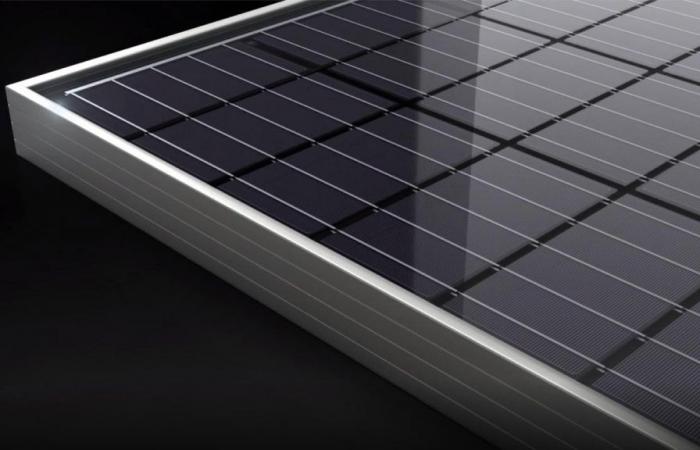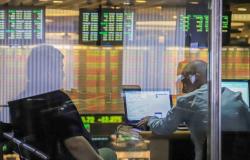Renewable energies have always been a cheap and environmentally friendly option. However, the industry is continually searching for more efficient elements. When it comes to solar panels, China is at the forefront with these that we present to you.
Silicon solar panels are back: they surpass perovskite ones
Aiko, a company that develops and innovates components for photovoltaic energy, has presented the most efficient solar panels in the world, which have been named Comet 3N72e, belonging to its New Infinite series, which has stood out for its performance.
This revolutionary solar panel represents a way in which China humiliates those of us who believed that those built with perovskite were the future. They have shown that N-type photovoltaic panels continue to be an excellent option.
A new model of N-type solar panel
This component has dimensions of 2,278 x 1,134 x 30 mm. Thanks to its mono-glass design with a smaller aluminum frame and a single 3.2 mm thick layer of tempered glass, it weighs just under 30 kg. Includes a total of 144 photovoltaic cells.
These innovative solar panels, which are the maximum exponent of the New Infinite series, are capable of providing a power of 650 watts. Its N-type photovoltaic cells are the highest efficient on the current market, with 25.2% in the conversion of solar rays into electricity.
Aiko reports that its high efficiency is a result of moving the copper bus bars to the back of the panel. Previously they were distributed between the front and center. This change reduces the benefits of bifaciality, but decreases shading on the cells.
This module, which is larger than its similar ones, presents an estimated minimum annual degradation of 1% during the initial year and 0.35% after the second year. Therefore, it gives a 30-year performance guarantee, projecting that in the end its capacity will be 88.85%.
Its working temperature ranges between -40 and 85 °C, with a 15-year product warranty, which is longer than that of existing solar panels on the market. Likewise, it has an IP68 certification for physical resistance against hail and other weather events.
With this article, China moves forward without any fear that its supremacy in the sale of solar panels could be compromised, especially by the perovskite photovoltaic cells offered by the Japanese industry, which would take at least five years to be manufactured on a large scale.
Technologies available in the solar panel market
The battle of solar panel technologies has reached its maximum expression in the last decade. N-type technology, which is what we are now dealing with, has had a redesign by using phosphorus-doped silicon as the main component of its cells.
This feature uses electrons as the majority carriers, which decreases their degradation and, at the same time, greatly increases their efficiency up to 25.2%. Heterojunction technology, or HJT, is a blend of thin film materials with crystalline silicon.
This allows the formation of a heterojunction allowing a conversion efficiency of up to 24.16% at high temperatures. Finally, there are perovskite panels, which are the most promising technology where silicon is replaced, having a performance in the laboratory of over 26%.
Furthermore, its manufacturing cost is the lowest of all technologies. But it has some drawbacks to overcome for its commercialization, especially regarding its stability at the level of photovoltaic cells.
In conclusion, these new solar panels, which would be launched during the fourth quarter of 2024, are a great solution for the installation of solar systems, since they are economical and high-performance.






